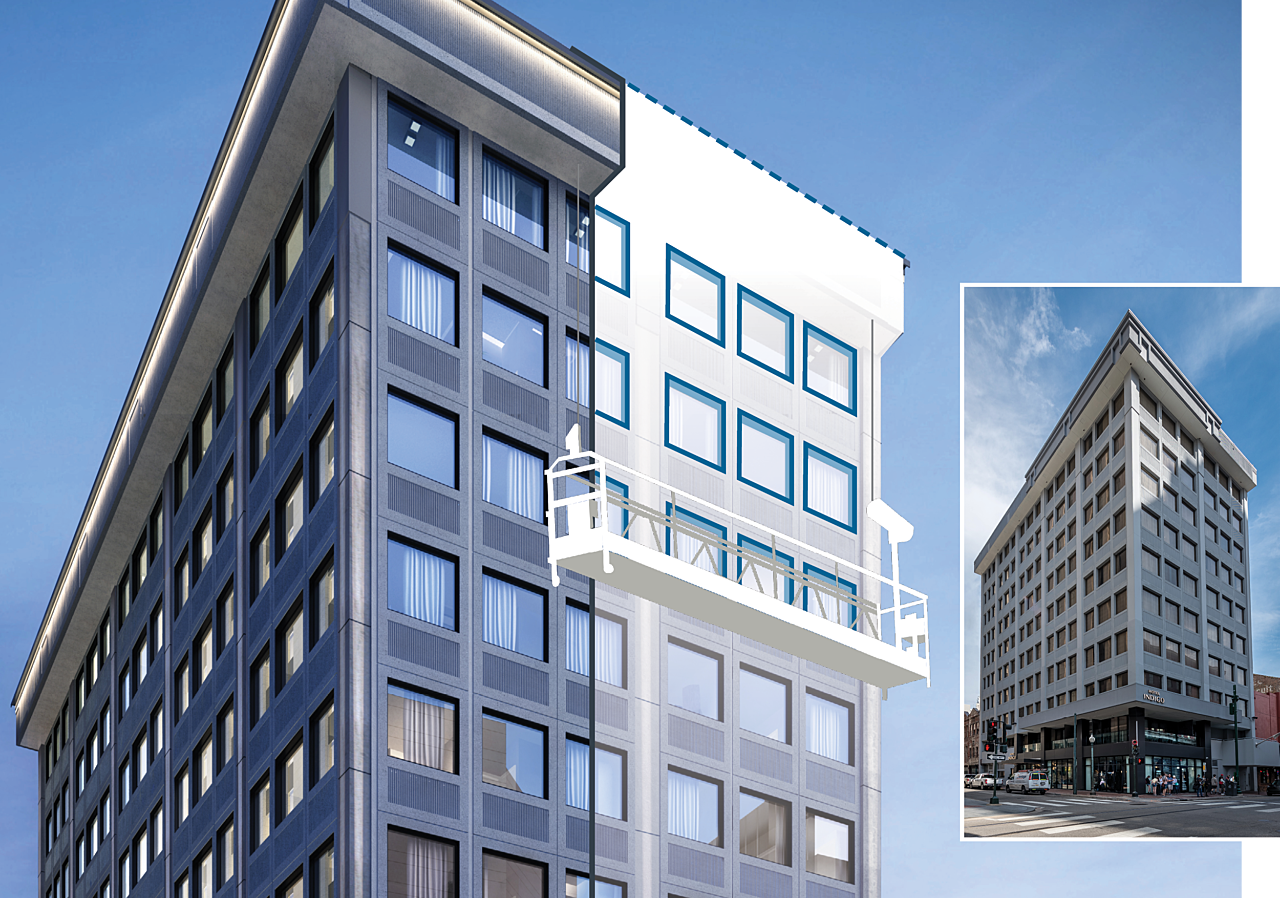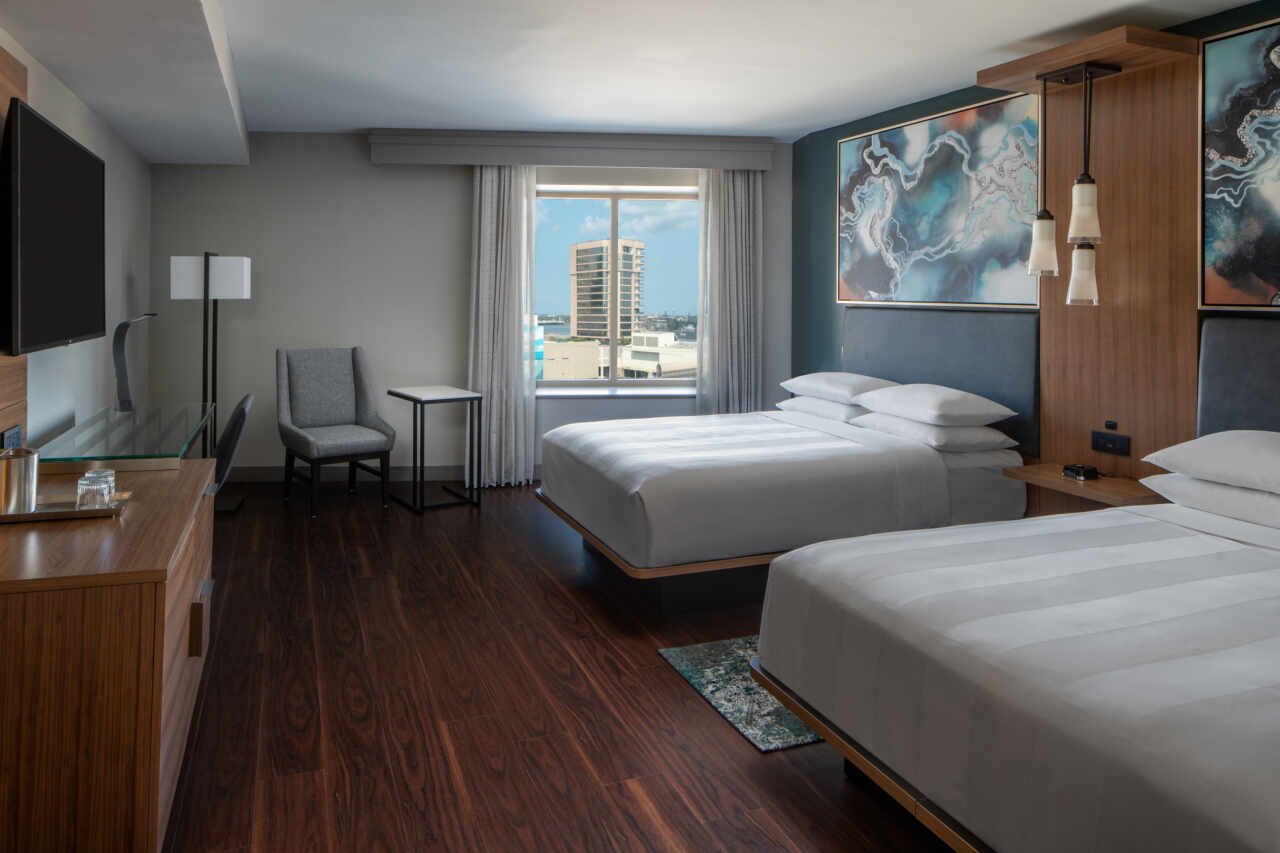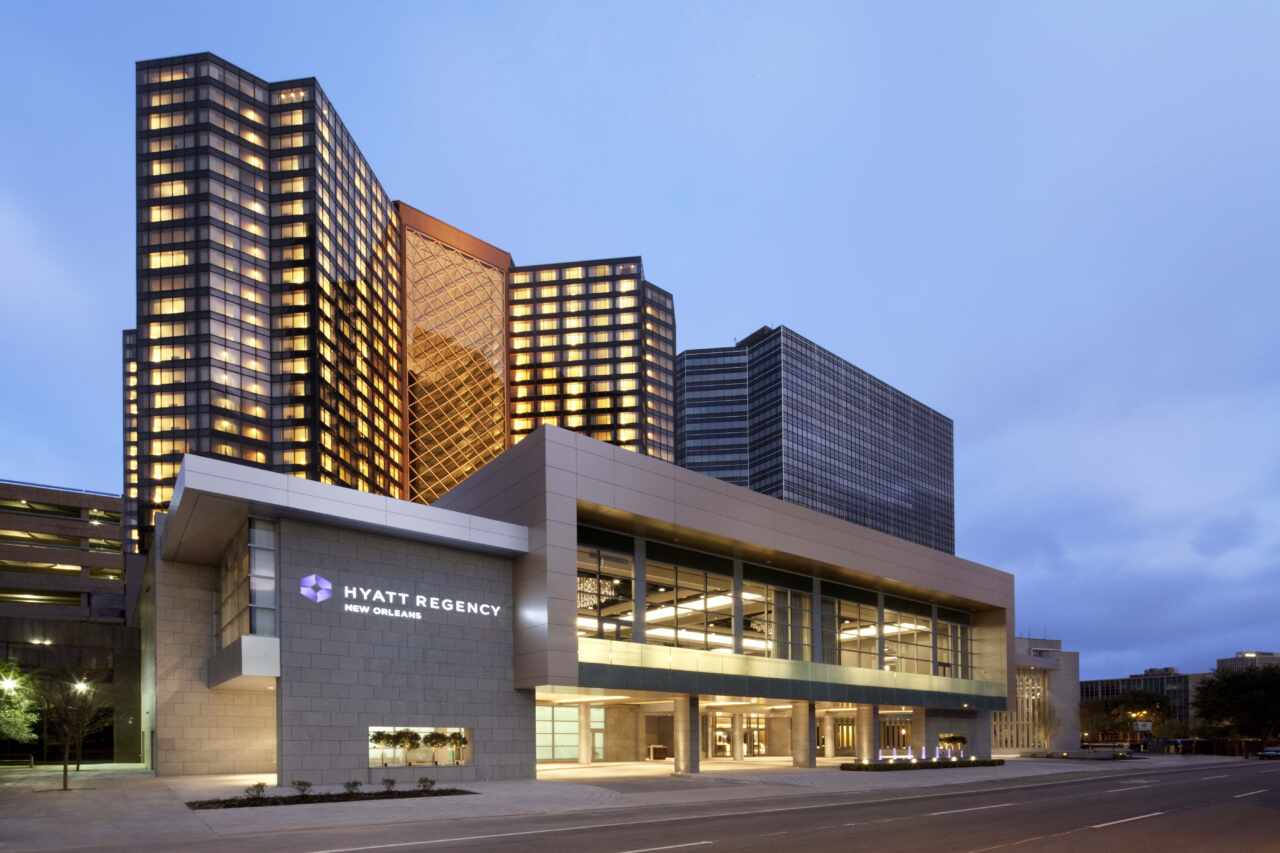Overcoming challenges to honor the past and elevate the heart of New Orleans' thriving hospitality industry.
The process of renovating hotels in downtown New Orleans can be a challenge, but it’s one we approach with a critical eye for planning, logistics, and detail. Our city relies heavily on its hospitality industry, with countless visitors coming each year to experience all that makes New Orleans unique. Hotels are the backbone of that experience and keeping them up to date is crucial for the city’s economy and reputation.
As such, these projects often present their own unique challenges.
One of the biggest hurdles we face is working within the historical framework of each building. Many of the buildings in downtown New Orleans are part of our rich architectural character, with some dating back more than a century.

These renovations, however, are more than just a facelift; it’s also about respecting this rich history. That means following preservation guidelines from HDLC, sourcing materials that blend seamlessly with the original structure, and collaborating with our wide network of trade partners to retain the original character that make these buildings unique – even if that renovation brings a modern twist.

Originally constructed in 1907, Le Pavillon has become a distinguished member of Historic Hotels of America. Our team completed a comprehensive renovation of the basement, first, and second floor, blending a careful mix of historic renovation with modern aesthetic updates from the project's interior design team.
Tight site conditions in the heart of the city add another layer of complexity. The density of downtown and the CBD means limited space for equipment, materials, and staging. Streets are narrow, requiring meticulous coordination to minimize disruptions to local businesses, traffic, and residents. In many cases, because of zero lot lines and adjacency to major roadways in the downtown area, swing stages and cranes are used so the team can safely operate over these public rights of way.

A swing stage was required during construction of Hotel Indigo given the height of the tower. Due to tight site conditions, zero lot lines, and adjacency to major roadways, the construction team was required to operate the swing stage over public rights of way. Safety measures ensured that workers and the public were never under the swing stage at any time.
Many hotels continue to operate throughout the renovation process, which means we’re not only managing construction—we’re also ensuring the safety of staff and guests. Project logistics often require creative solutions and careful coordination with hotel teams, vendors, and city officials to keep everything running smoothly. Lean construction practices play a pivotal role in both staging material and phasing work so that progress can be made on multiple floors simultaneously without impeding staff or guests.

Our team was brought on board six months prior to the renovation of the Marriot Hotel to complete the model room and also perform exploratory work throughout the guestrooms and public spaces. The project was completed utilizing phased construction. For the guestrooms, we worked on a four week turn per floor. The public spaces were done through four different phases and turnovers.
Managing risk is crucial, and preconstruction plays a key role in exploring various design options, identifying long lead items, and maintaining the project’s overall budget – which can often be a challenge on intricate renovation projects such as these. Exploratory demolition can help confirm the building’s existing condition and better determine what needs to be repaired or replaced. Early release of critical materials means that certain elements can be selected, approved, and fully implemented early in design. In a historic hotel project, this can often include historic brick, window frame restoration, and specialty fixtures. Given the previous damage from Hurricane Katrina, a significant effort went toward the Hyatt Regency's exterior envelope during the renovation process. Our team had to address moisture damage, assess the building’s structural integrity, and determine what material would be replaced or preserved. To that end, long lead time items were identified and ordered to keep the project on schedule.

Given the previous damage from Hurricane Katrina, a significant effort went toward the Hyatt Regency's exterior envelope during the renovation process. Our team had to address moisture damage, assess the building’s structural integrity, and determine what material would be replaced or preserved. To that end, long lead time items were identified and ordered to keep the project on schedule.
